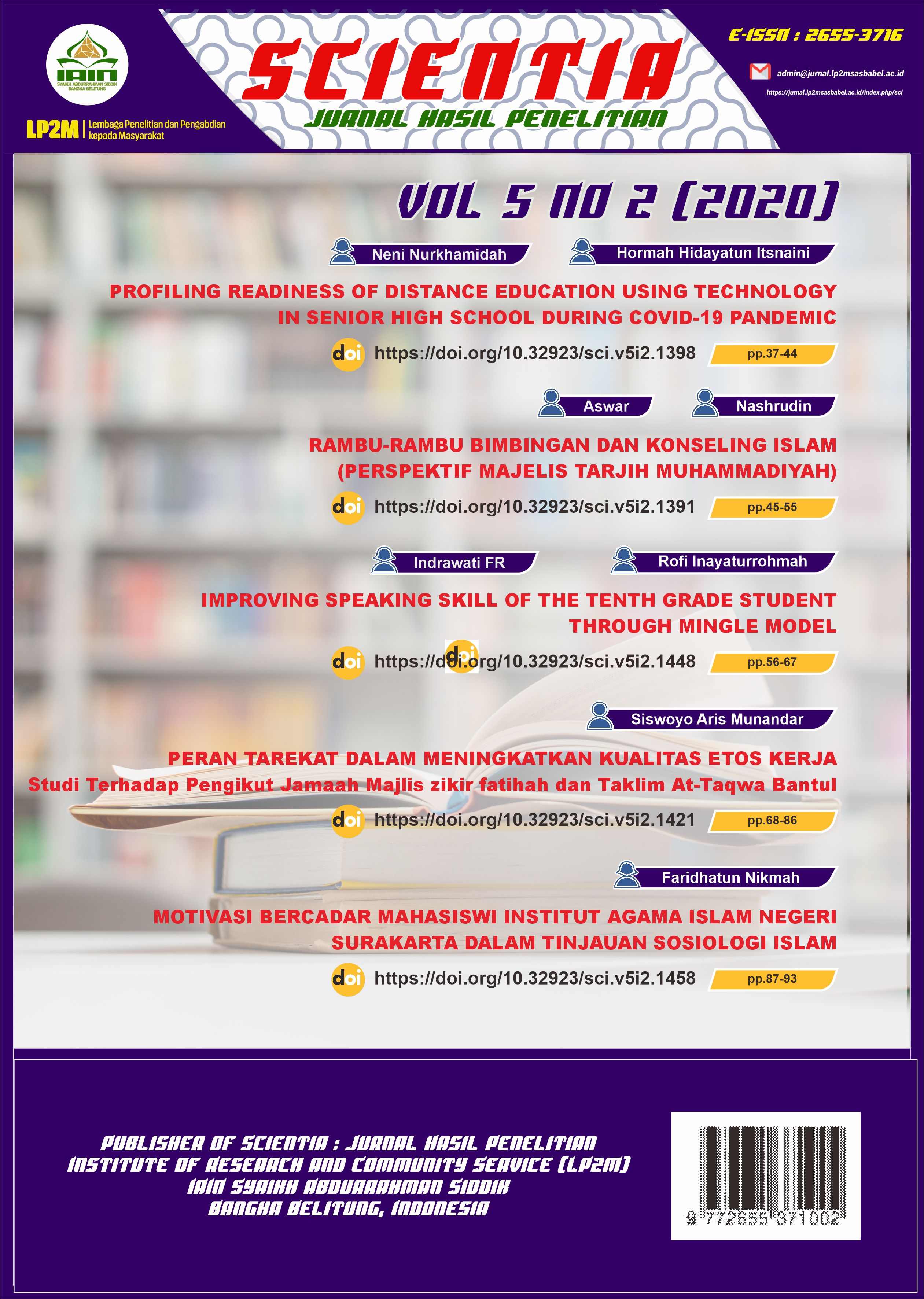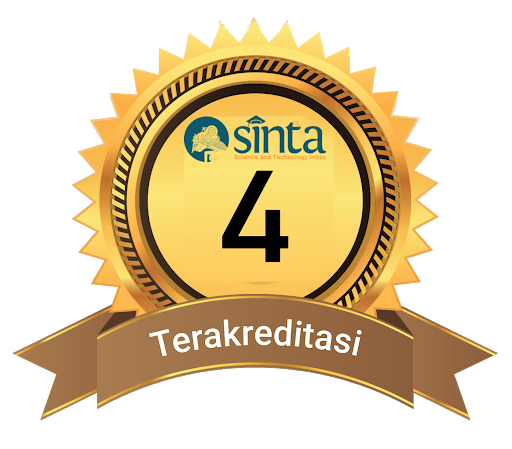IMPROVING SPEAKING SKILL OF THE TENTH GRADE STUDENT THROUGH MINGLE MODEL
DOI:
https://doi.org/10.32923/sci.v5i2.1448Keywords:
mingle model, speaking ability, speaking achievement, speaking performance, speaking skillAbstract
The purposes of this study are to unveil the application of Mingle Model to enhance students’ speaking skill at tenth grade of Vocational High School Number 1 Simpangkatis, Bangka and to clarify whether there was or not a significance difference of student mastery of speaking skills between two classes; experimental class where Mingle Model was implemented and non-experimental class where there was no new model given by teacher. This study used quantitative approach with quasi experimental design. There were 72 students from two classes taken as the sample purposively; TKI 1 and TKI 2. This research applied Mingle Model as the treatment given to the experimental class. This study considers some aspects in speaking; comprehension, pronunciation, vocabulary, grammar, and fluency. From the finding, it showed that the students who were given Mingle Model treatment reached better or higher score in the post test than the students who were taught by Non-Mingle Model. In this case, the alternative hypothesis (Ha) was accepted as t-obtained, 3.56, was higher than the critical value of t-table, 2.00. Based on the evidence above, the research concluded that between the experimental and control group there was a considerable difference of students’ speaking performances. Therefore, the findings of this study confirmed that M
Downloads
Published
Issue
Section
License
Authors who publish journals in Scientia: Jurnal Hasil Penelitian agrees with the following conditions:
1. Authors retain copyright and grant the journal right of first publication with the work simultaneously licensed under a Creative Commons Attribution 4.0 International License.
2. Authors are able to enter into separate, additional contractual arrangements for the non-exclusive distribution of the journal's published version of the work (e.g., post it to an institutional repository or publish it in a book), with an acknowledgement of its initial publication in this journal.
3. Every publication (printed/electronic) are open access for educational purposes, research, and library. Other than the aims mentioned above, the editorial board is not responsible for copyright violation.











